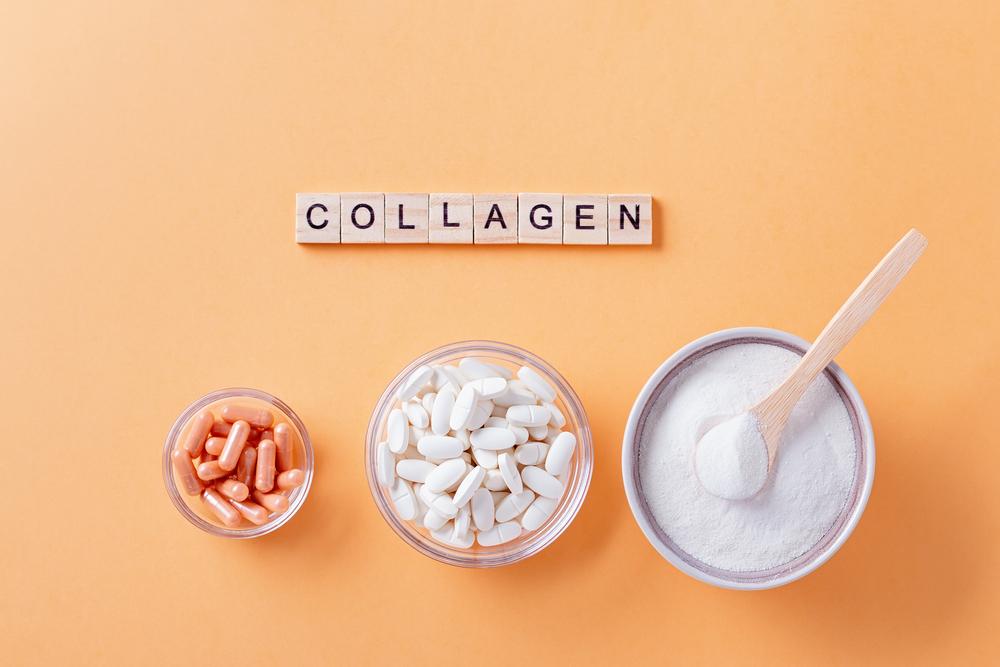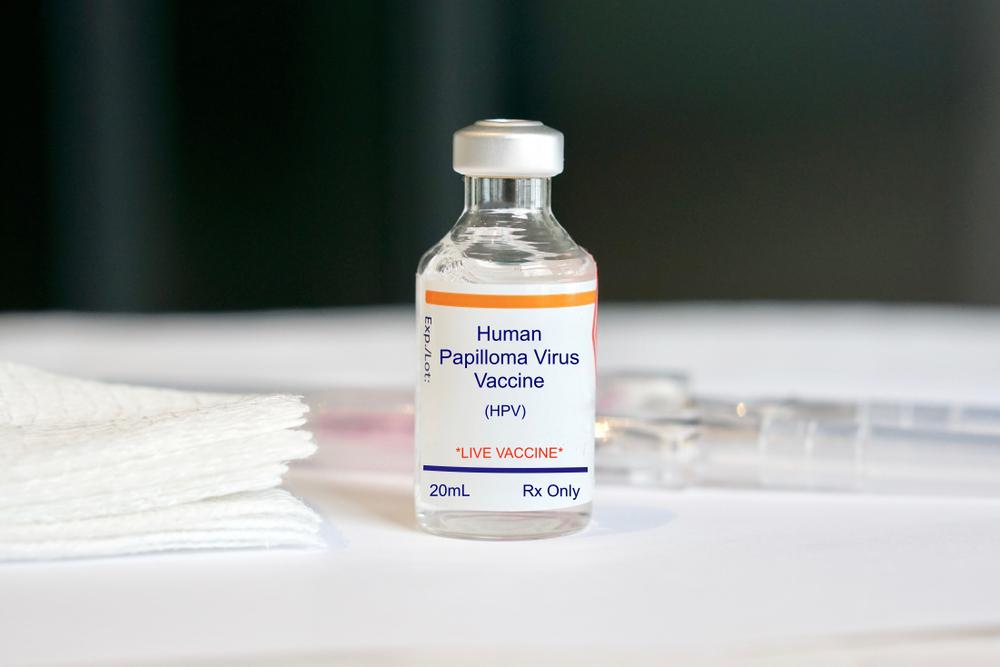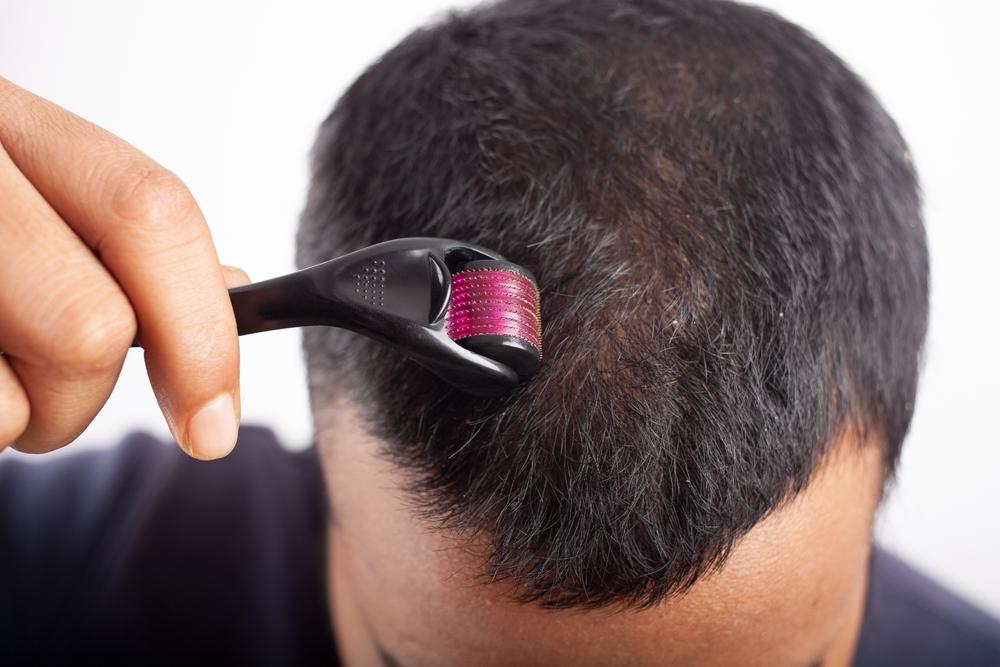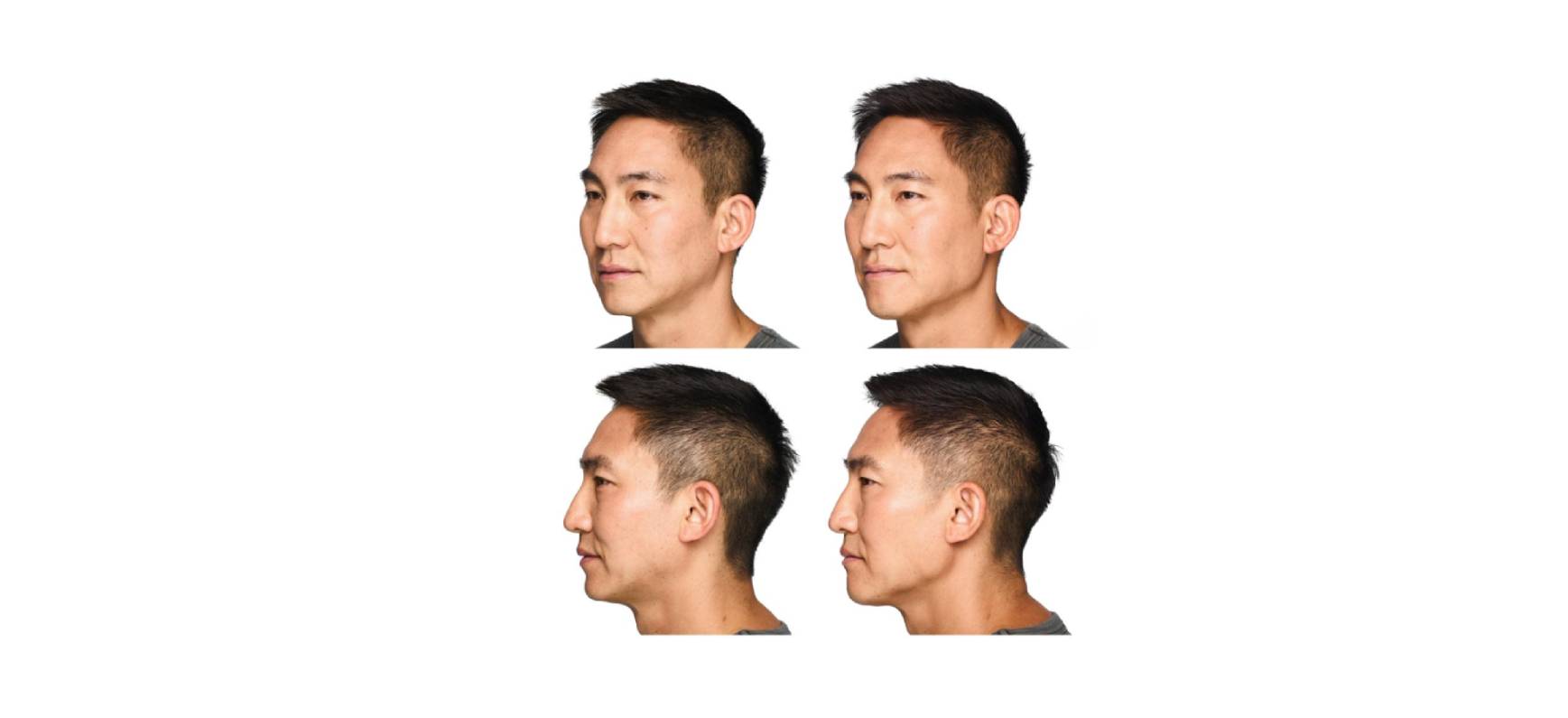Niacin and niacinamide are two vital forms of vitamin B3 known for their beneficial effects on the skin. While their similar names can make them seem interchangeable, they offer unique benefits. Let’s dive into niacin Vs. niacinamide, exploring their advantages, how to use them, and addressing some frequently asked questions.
What Is Niacinamide?
Niacinamide is a versatile water-soluble nutrient that can treat various skin conditions like eczema and rosacea. Its ability to work with the skin’s natural substances makes it a top choice among skincare experts.
What Is Niacin?
Niacin, also known as nicotinic acid, is the second form of vitamin B3. It plays an essential role in converting food into energy, improving circulation, and reducing inflammation in the body.
Niacinamide Skincare Benefits
Niacinamide offers multifaceted benefits:
- Fighting Environmental Damage: It protects against environmental factors and repairs damage.
- Aging Signs Reduction: Helps minimize fine lines, wrinkles, and hyperpigmentation.
- Skin Hydration: Excellent for dry skin, as it boosts moisturizers’ hydrating ability.
Niacin Skincare Benefits
Niacin’s benefits include:
- Growth and Repair Boost: Assists in cell energy and DNA repair.
- Skin Barrier Strengthening: Enhances the skin barrier and other skincare actives.
- Post-Sunburn or Irritation Relief: A great ingredient for skin repair. Who Should Use Niacin and Niacinamide?
Both forms of vitamin B3 are safe for all skin types, ages, and even those with inflammatory conditions.
How to Use Niacin and Niacinamide
Niacinamide is found in various skincare products. Look for formulas containing hyaluronic acid or squalane for added hydration benefits. Niacin is less common but can be found in specialized products.
Frequently Asked Questions:
Are there any skincare ingredients to avoid while using niacin or niacinamide?
Generally, both niacin and niacinamide are well-tolerated and can be combined with most skincare ingredients.
When can I expect to see results after using niacinamide or niacin?
Results may vary, but many users report seeing improvements within 4-12 weeks of consistent use. Patience and adherence to your skincare routine are key.
When should I see a dermatologist when using niacin or niacinamide?
If you experience persistent irritation, redness, or any unexpected reactions, it’s advisable to consult a dermatologist. Professional guidance can ensure that you’re using the right products for your specific skin needs.
Conclusion
Niacin and niacinamide, though coming from the same vitamin B3 family, offer different benefits and cater to various skincare needs. Whether you’re aiming to combat dryness, reduce signs of aging, or soothe post-sunburn skin, understanding how these ingredients function can help you make informed skincare decisions.
Always remember that every individual’s skin is unique. What works for one person may not work for another, so don’t hesitate to consult with a skincare professional if needed. The world of vitamin B3 in skincare is rich and promising; explore it wisely to unveil the healthiest version of your skin.
The journey to a more confident you starts with one decision. That is the decision to get treated, why wait? If you’re on the fence or have questions brewing, remember: We at Sullivan Dermatology are always here to help.
If you have any concerns regarding Niacin vs. Niacinamide, don’t hesitate to reach out to us at Sullivan Dermatology – we’re here to make you your best!






